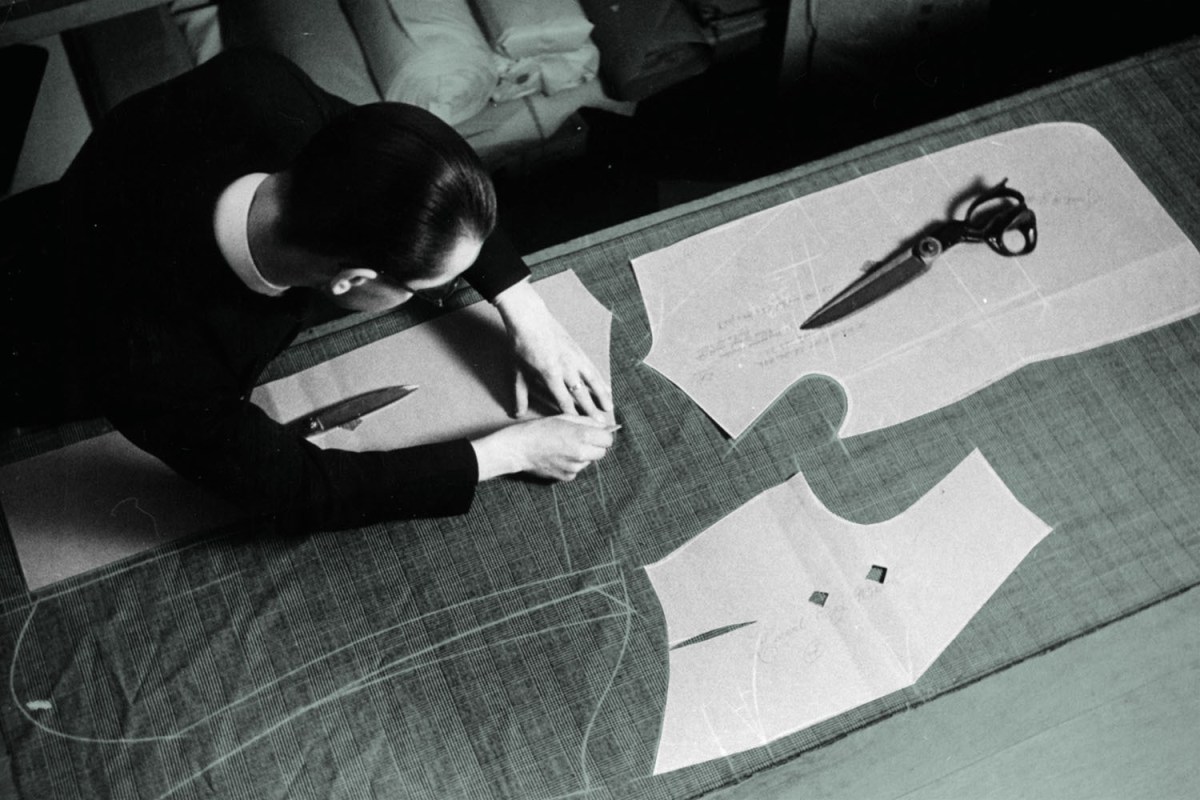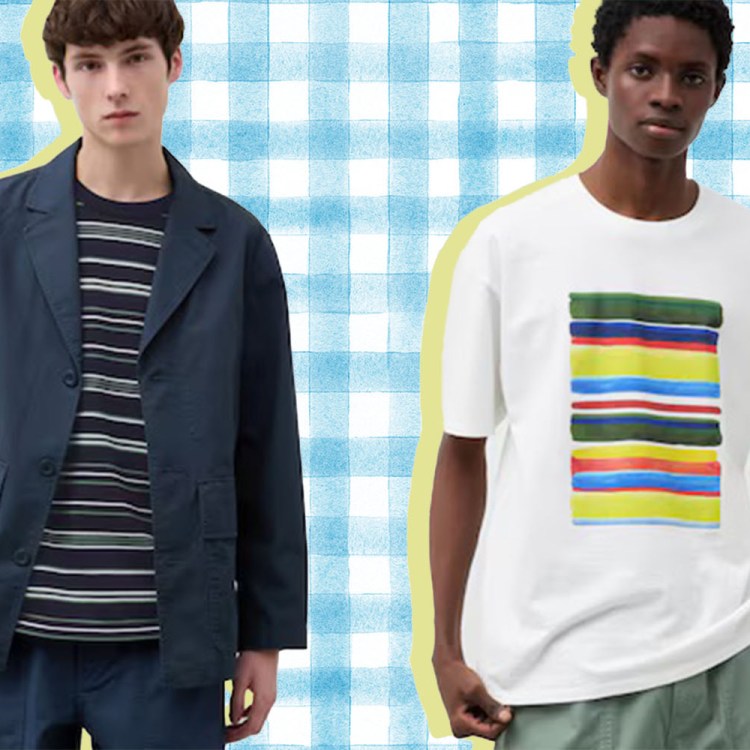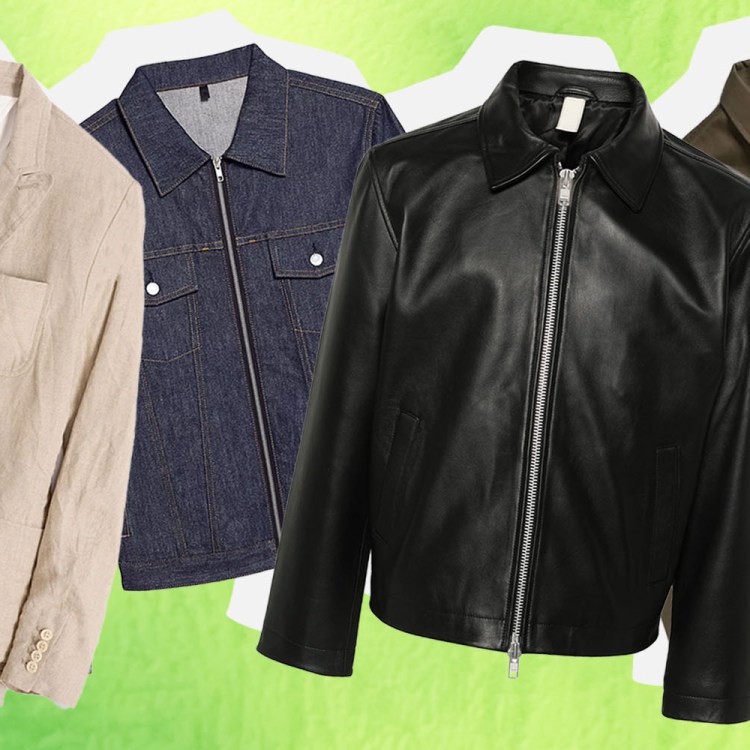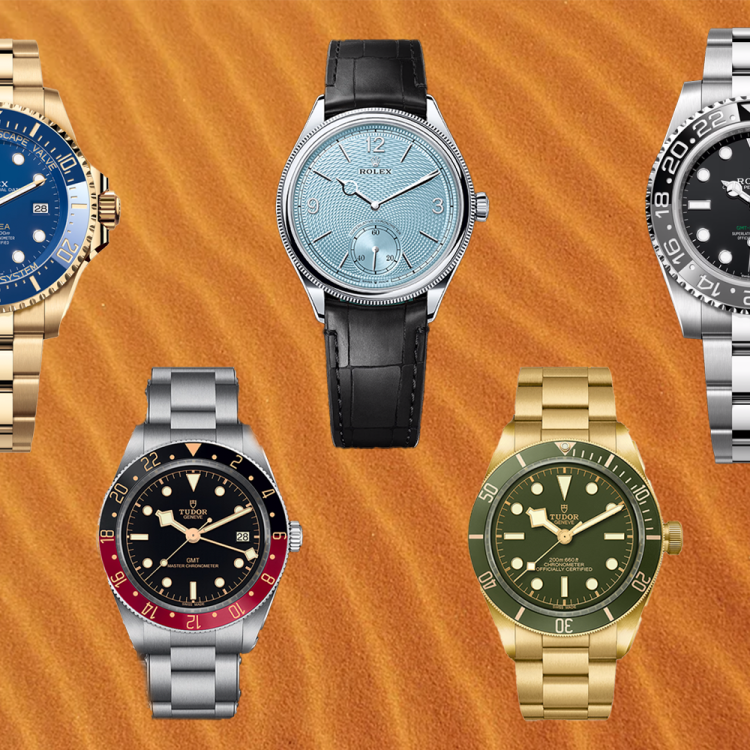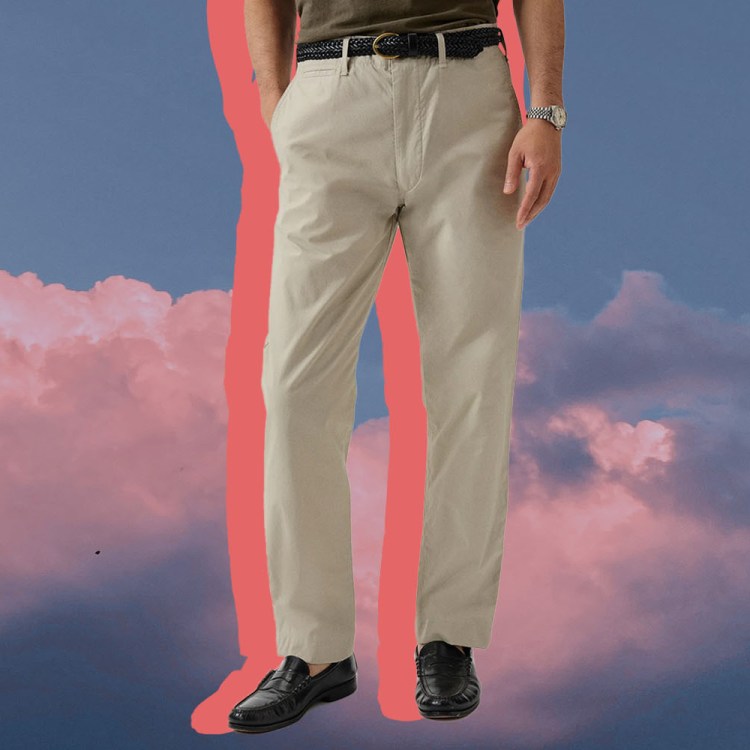With the coronavirus crisis entering what feels like its 5,340th week and healthcare personnel stretched to the breaking point in many parts of the world, help has started to come from some delightfully unexpected places. Distilleries have started making hand sanitizer. Clothing brands are churning out masks. Car companies are building ventilators.
Add to that list the storied tailoring mecca that is London’s Savile Row, where some of the world’s most talented clothiers have turned their shears and needles from bespoke suiting to medical scrubs in the fight against COVID-19.
We chatted with Taj Phull, Brand Development Manager of Huntsman and James Sleater, Director at Cad & The Dandy, about how their partnership with Britain’s National Health Service came about, how classic tailoring translates to medical garments, and their thoughts on dressing during quarantine.
InsideHook: What was the genesis of this project?
Taj Phull: Following conversations with James, it was clear that skilled tailors were needed for the global shortage of scrubs.
James Sleater: I had heard of some struggles with obtaining PPE at the beginning of the crisis from several nurses who live on my street, and thought it crazy not to offer to help. And by working with other tailors, we would be able to make more garments and help more people directly.
How have traditional tailoring techniques translated to making scrubs? Are there bits of expertise that have served to help improve the product in any way?
Phull: Garment longevity was a good transfer of skills from bespoke onto the scrubs — for example, we have double-stitched the seat and pocket openings to reinforce fragile points on a garment. By doing this, our hope is these scrubs serve their purpose and help well beyond the current national shortage.
Sleater: We have tried to give the garments two things: more shape and as much longevity as possible. I love the idea of these scrubs still turning up in the years to come.
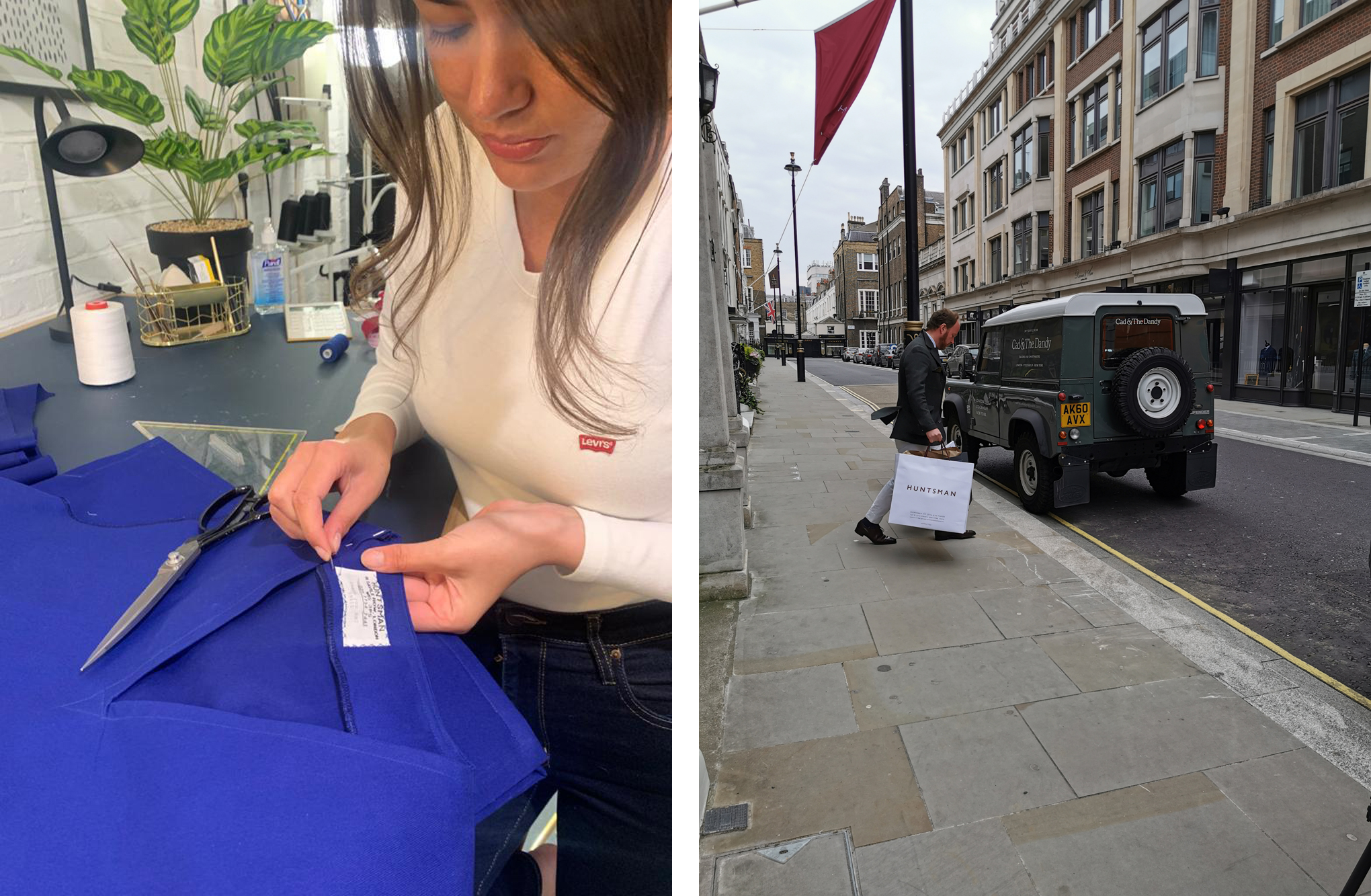
Having spent so much time with a laser focus on detail, are the tailors finding it hard to dial down the perfectionism and shoot for volume?
Sleater: I think we have had to remember the importance of speed and volume, but none of us would ever put our label into something that wasn’t to our standard. I guess there is a chance they might be overworked in skill, but hopefully that just increases their life.
Any unexpected challenges in the process?
Phull: The sheer volume of requests that came through once word got ‘round about the project was staggering and showed just how prevalent the need for these scrubs was. Requests were coming in fast, and not just from the UK — Germany and Switzerland were in touch, to name a few. The work these professionals do is unbelievable, and their messages of gratitude push us harder to fulfill the requests.
Sleater: The volume of enquiries has, in all honesty, been totally overwhelming. But we have upped our production, ordered more cloth, raised more money and are making more garments now than I thought possible at the beginning.
Do the healthcare providers wearing these scrubs know where they’re coming from? Seems like a set of scrubs from Savile Row might be something they’d want to hang onto.
Sleater: Absolutely we have put our labels in them. From the outset, we knew that to even just give one person a smile makes it worth it. And we want the people on the front line wearing these items to know that we are here and in support.
Phull: Our labels are stitched onto the top and trousers. When we were doing some hand deliveries, some of the nurses and doctors were very proud to be wearing scrubs made by Savile Row tailors. It is wonderful to think we could put a smile on the face of front line staff currently saving lives.
Are there any little details that tailors have maybe been sneaking into their scrubs to put their personal stamp on them?
Phull: Various tailors did little markers such as “Thank You NHS” and smiles drawn on the labels — little messages when delivering.
Sleater: On our white labels, we have written our thanks. We are so grateful to these guys who are doing an incredible job in a terribly difficult set of circumstances.
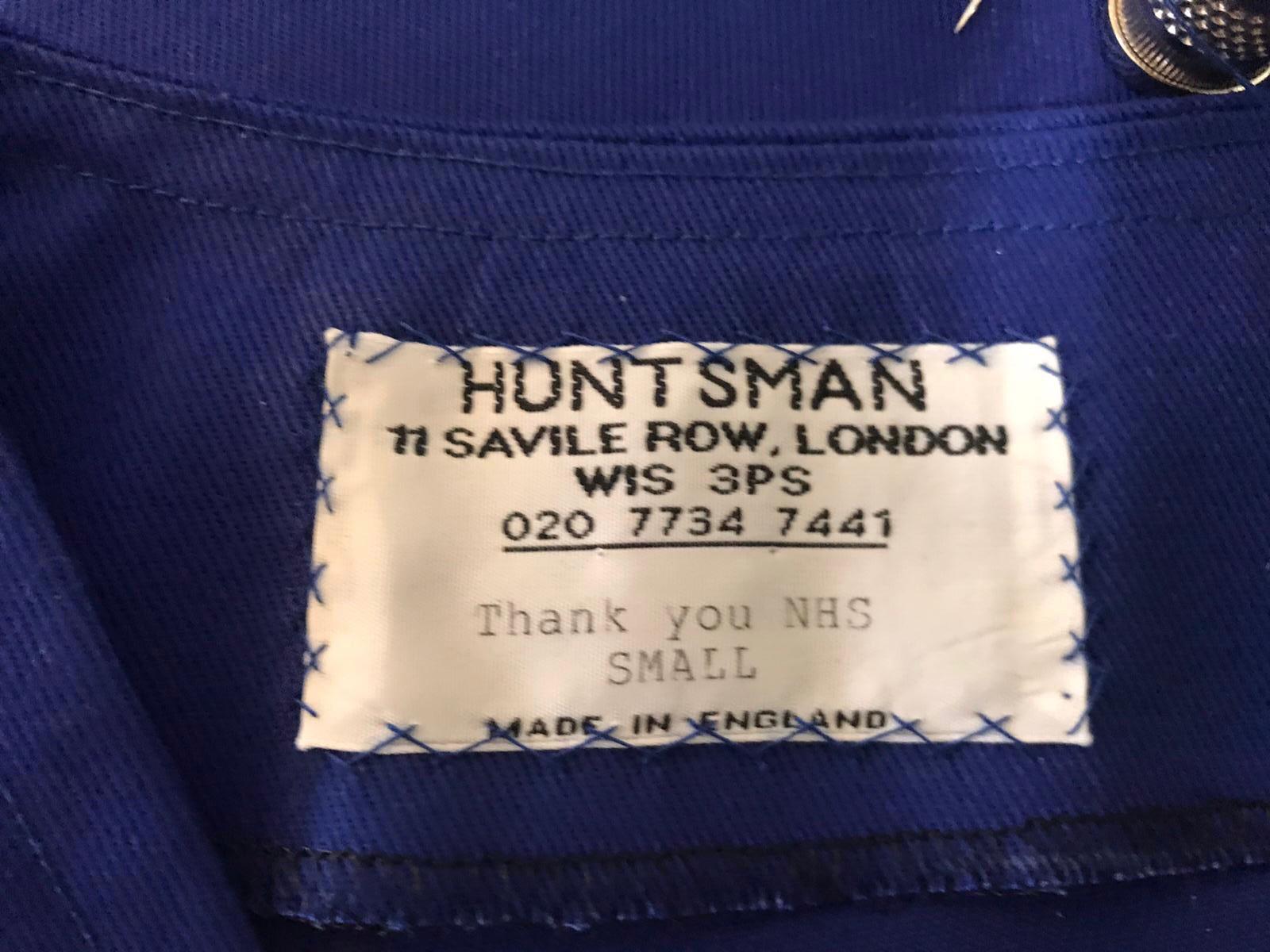
We’ve also heard about some houses doing virtual fittings while everyone is in quarantine, how is that working?
Phull: It has gone down pretty well. What this has allowed us to do is get in front and immerse ourselves within the client’s wardrobe, gaining an even greater understanding of their needs, etc.
Sleater: Tech is an incredible thing. Using Zoom we can share screens, designs, thoughts — it’s actually better than in the past, when existing customers might simply pick up the phone.
Thoughts on dressing during quarantine? There seems to be an ongoing debate regarding whether it’s better to “get dressed” properly just to keep one’s mood up vs. embracing comfy clothes because there’s so much else to worry about.
Sleater: I think even under lockdown it’s still important to have routine, and part of that has to be getting dressed in the morning and applying thought to it.
Phull: I had a call with our head cutter Dario, he was cutting fabric that day and was wearing his suit to do it.
Sleater: There is a place for both obviously. I read the other day that slipper sales have shot through the roof. I own a few pairs and have to admit I have been wearing them. The loafer originally started as a house shoe for comfort, maybe something like that is just around the corner?
Finally, for those who have embraced the sweats life during quarantine, what would a Savile Row sweat suit potentially look like?
Phull: Creating something with a casual starting point that has the underlying DNA of the finest skills is something that should happen not only for times of quarantine, but to be expressive of creativity and the best craftsmanship in the world.
Sleater: Creating isn’t staying stuck in the past. Innovation, invention and challenges are what allow continuation rather than stagnation. Sign me up, I would love to see the traditional and modern world unite on the Row.
This article was featured in the InsideHook newsletter. Sign up now.
